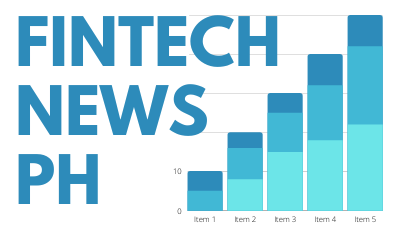
As a small business owner, you may have the habit of checking out the competition and other businesses. You may have noticed a few customers waving their smartphones at funny-looking pictures, which are called QR codes. What the customers are doing is making a payment through their e-wallets. What is an e-wallet, you ask?
For those of us who just came out of caves, e-wallets, digital wallets or mobile wallets are simply money in your smartphone. It is software that stores your personal details and digital cash much like how you use a normal wallet. With an e-wallet or digital wallet, you can buy items, receive, or send money.
What’s the big deal about e-wallets and why should you care as a business owner? Well, it’s big as billions of dollars every year are spent through e-wallets and more customers are looking for businesses that accept e-wallet payments. We have a great article about e-wallets or mobile payments here.
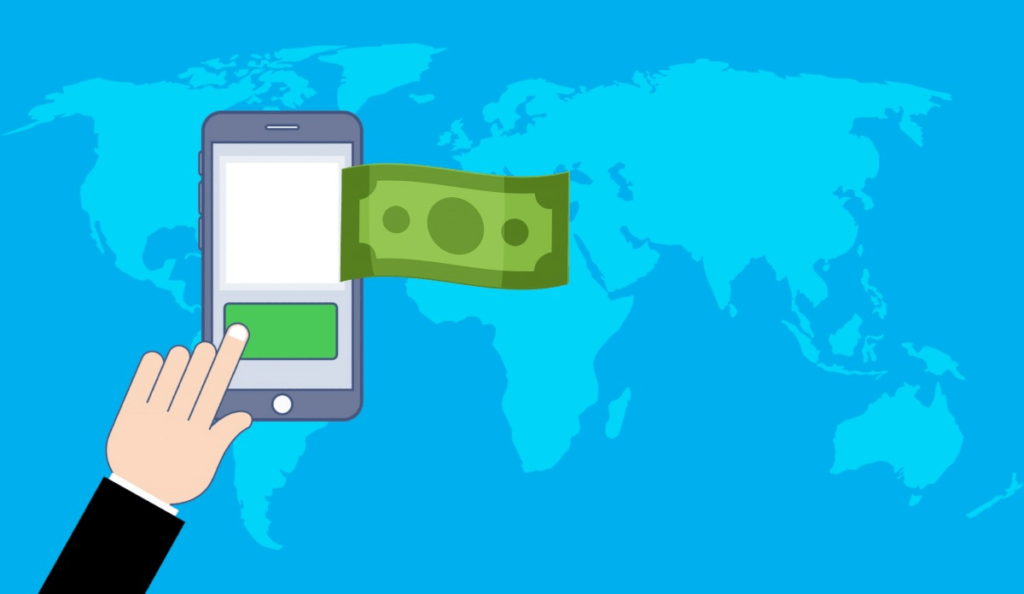
The global e-wallet market size was valued at $1,043.1 billion in 2019 and is projected to reach $7,580.1 billion by 2027, growing at a CAGR of 28.2% from 2020 to 2027. Not sold yet? Here are more eye-popping figures:
- The number of mobile wallet users is up by an average of 140 million YoY, while the average annual spending per user is rising by $124 YoY.
- By 2022, cash will represent just 17% of global payments.
- 35 % of mobile wallet users are millennials, and 40% are high earners.
I hope you’re convinced now because whether you like it or not, e-wallets are coming like a tidal wave.
The uses of e-wallets are many. Remember, this is just cash in your smartphone. Get your brain wrapped around that concept and you’ll easily understand and appreciate how e-wallets can make your life easier.
A. What is an e-wallet and its advantages.
1. Shop around cashless.
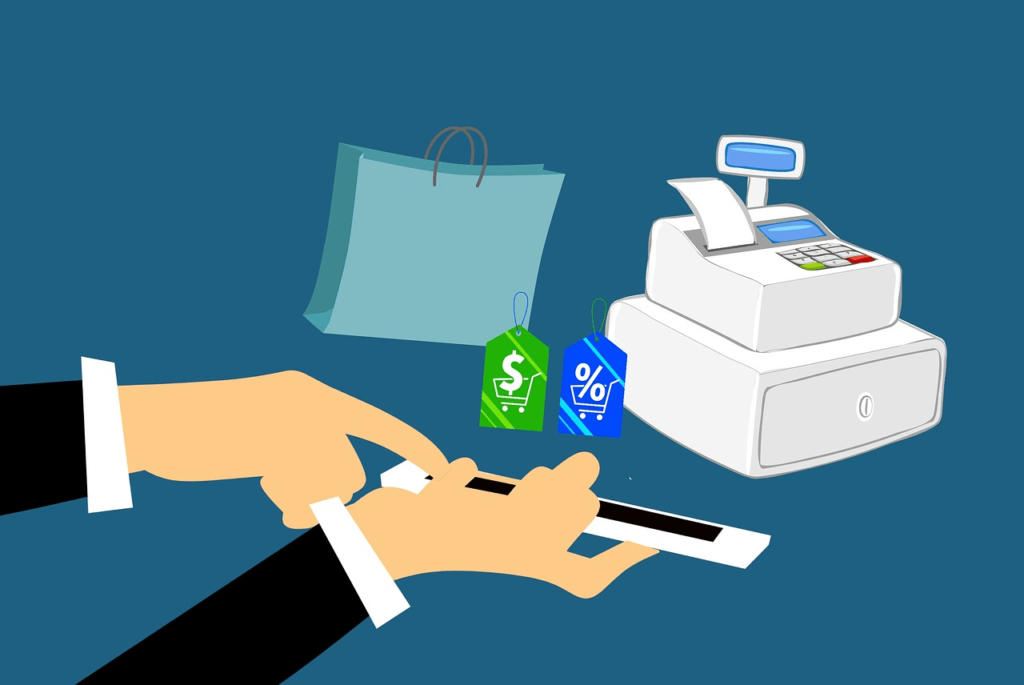
That’s right. You can leave that wallet and plastics at home. E-wallets will let you pay for items you want to buy. You have to remember to load or cash in your e-wallets so you can have sufficient digital cash.
How do you load cash into your e-wallet? The best way is to link a bank account. But there are other ways which may be less convenient. You can go to your nearest convenience store and give money to the cashier to load into your e-wallet. Do note that in most cases, there will be a fee.
2. Pay government taxes and other obligations.
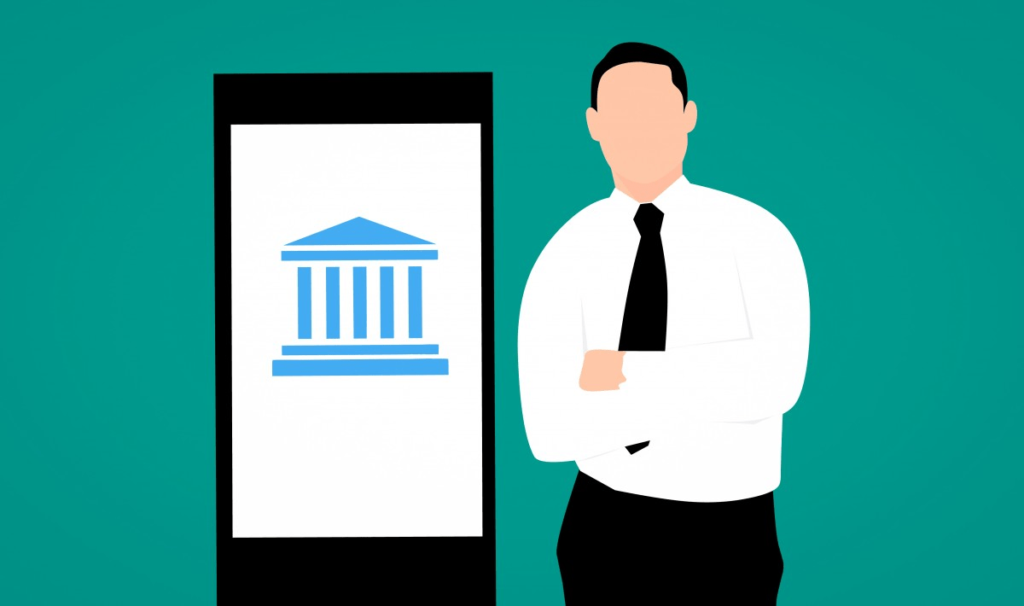
No one enjoys going to any government office to pay fees. The long lines, forms, and bureaucracy are just too much stress to deal with. With e-wallets, those are just things of the past. Most government offices now have payment websites that accept a lot of e-wallets. This is especially convenient for business owners who normally take care of paying for their employee’s social security contributions, taxes, and health care. People in the gig economy, a growing sector, are making use of e-wallets to settle their government obligations.
3. Pay for airline tickets and book hotels.

As governments open up the economy, more people will be traveling, and tourist destinations will become alive again. Booking a flight and hotel is so much easier with an e-wallet. The best thing is that you can quickly avail of promos and discounts. This is because hotels and airlines get their money faster through digital cash that doesn’t have to pass through banks or credit card companies. Travelling is also a good way to help the local economy recover from the lockdowns.
4. Get online insurance.
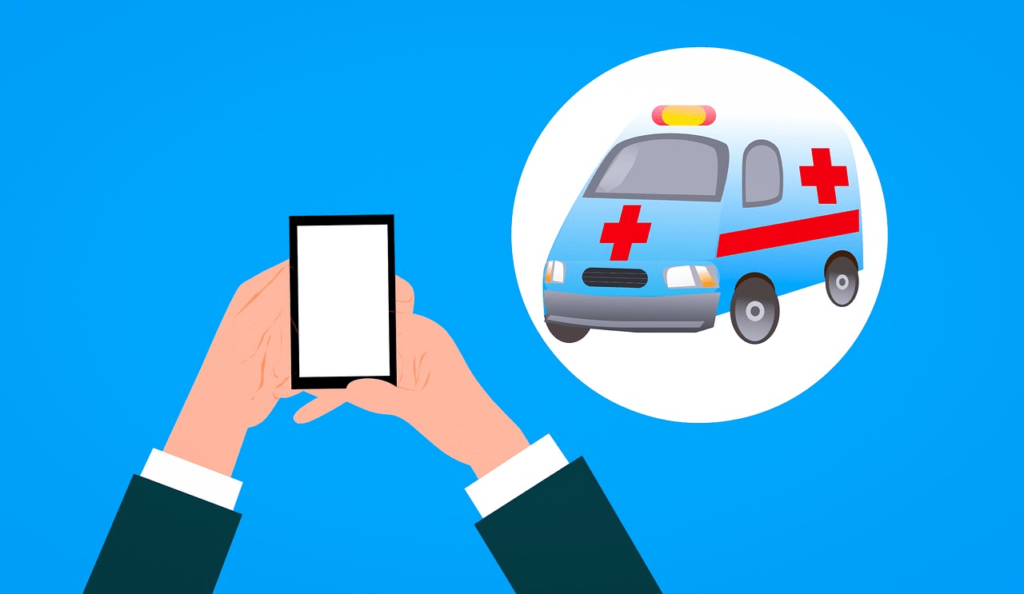
Many insurance companies have taken their business online. Even more, virtual insurance companies have recently sprouted. Online insurance, a sector of fintech, is a fast-growing industry.
Now as a small business owner, you might ask, “Do I need insurance for my employees.” The answer is yes, you need insurance for your employees and business if you want to keep growing and be protected.
What exactly is online insurance? It is the process of using the Internet to get an insurance policy directly from e-insurers. This cuts out the middle man thus saving the cost of commissions. These savings and the less overhead that e-insurers have can translate to lower premiums for policyholders. It is a fast and efficient process with less paper works.
What are the advantages of online insurance? It is darn cheaper. Studies say online insurance is about 30% to 70% cheaper than traditional insurance. This is because e-insurers don’t have to pay insurance brokers’ commissions. There are no branches or outlets staffed with people that cut deep into operations costs. The process is mostly paperless. This all translates to lower monthly payments and higher returns for policyholders.
Again, all of this is done in the convenience of your home. If you feel like meeting an agent is laden with obligations, then you should explore online insurance. E-insurers put a lot of thought into making their websites or apps very user-friendly so that you can focus on purchasing the right product. It saves a lot of time and effort, you don’t need to get dressed.
Payment is also automated and done online. E-insurers integrate with the most popular e-payment platforms and e-wallets. You can also make transfers from your online bank account. Apps are provided for policyholders so that they can easily track, upgrade, and monitor plans.
5. International remittance.
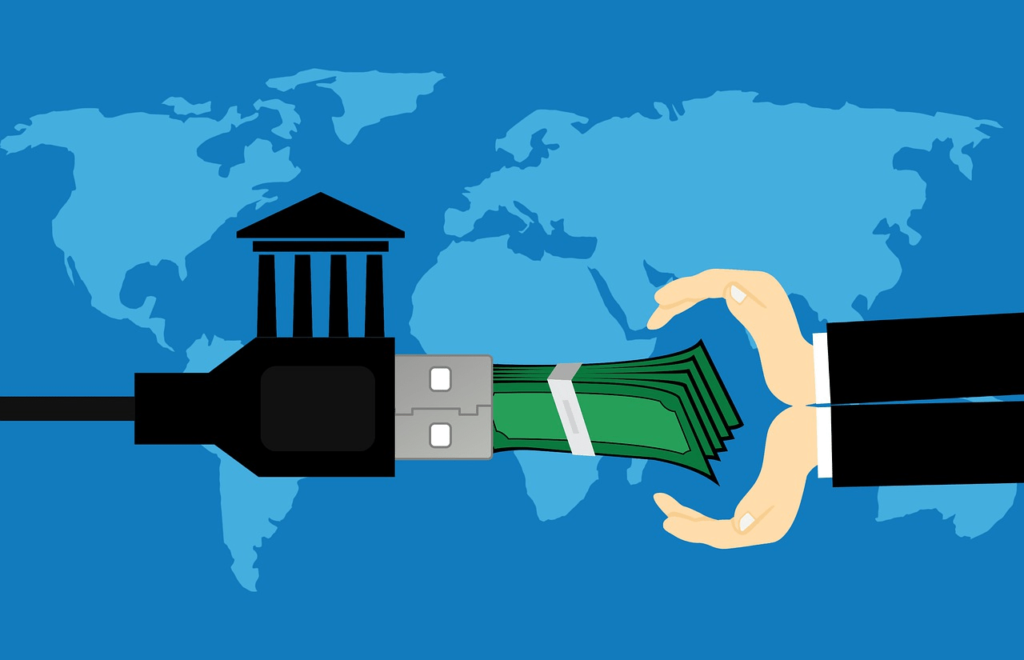
Digital wallets allow overseas workers to send money to their families in a much faster, more convenient, and cheaper way. Sending money through e-wallets is almost instantaneous. There is no need for a money changer who buys cheap but sells high or bank transaction fees. All this is done at the convenience of your smartphone.
Instead of another e-wallet, you can send the money to a bank account. This is extra convenient, especially for families. There is no need to re-enter the recipient details of the wife after the first transfer.
E-wallets have very attractive exchange rates and much lower fees. This means more money for the family. The World Bank estimates that bringing down remittance fees to 5% could put as much as US$4bn extra into the hands of African families and local communities. Some e-wallets offer less than 1.5% per transaction and no fees to recipients, as well as offering excellent exchange rates, and the potential savings are even larger.
Nothing in life is risk-free. There are some cons to e-wallets. It’s better to be aware of these things.
B. Disadvantages of e-wallets
1. Device dependent

Yup, no phone, no play. But who doesn’t have a smartphone these days? People use their smartphones for entertainment, buying things, news, business, and keeping in touch. That is, unless it gets broken, runs out of power, loses data connection, or worse, gets stolen. So it’s better to retain other options to pay, in case your customer’s smartphone suddenly dies in the middle of paying you. Pro tip: Always have a fast charger ready for your customers.
2. Busting the budget
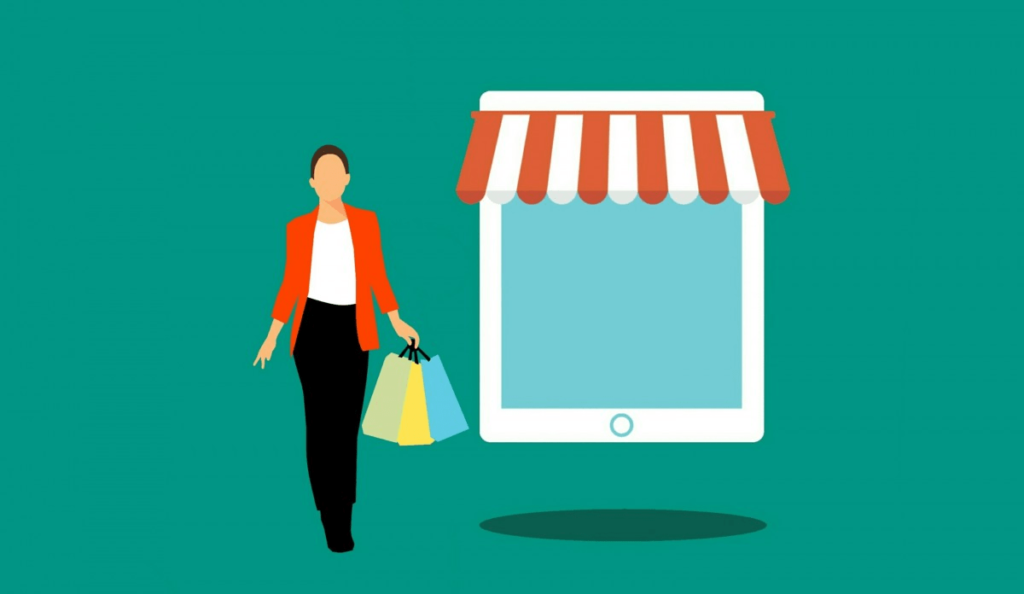
Despite features to monitor and track spendings, e-wallets are not fool-proof. Some people are just impulsive buyers. They can spend more than what they earn. And they do it fast. If you are a merchant this could be a good thing for you, but not if the free-spender is your wife.
3. Security
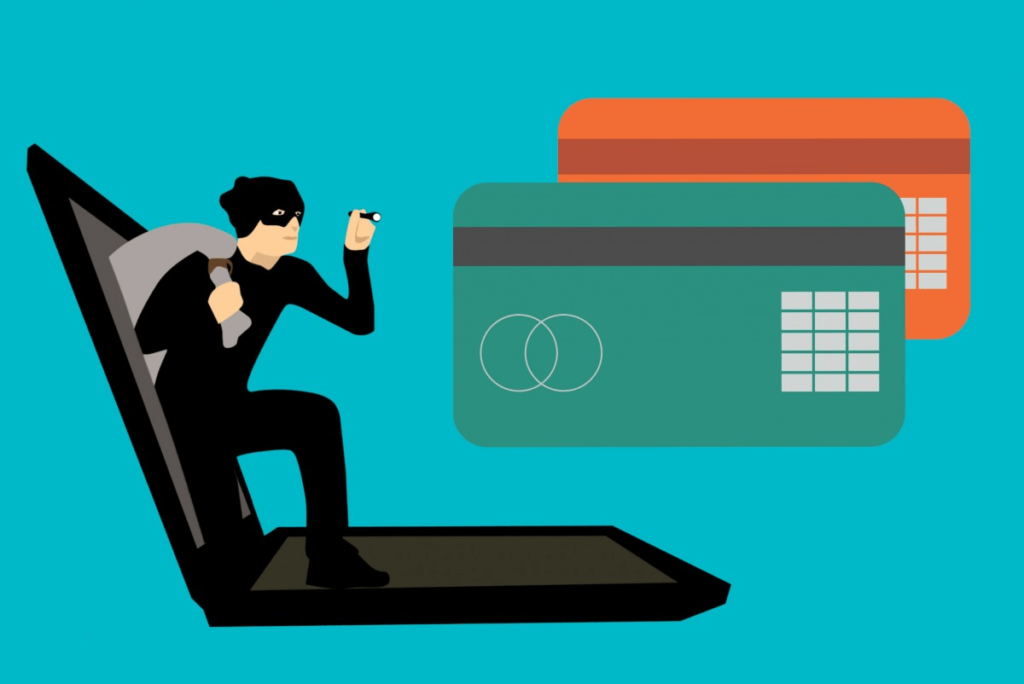
Costing in the thousands, smartphones are one of the most stolen items in the world. This is not just because of its street value, it is also due to the valuable information in them.
You have to ensure strong protection for your smartphone against unauthorized access. Your phone’s apps should only be accessible to you including your e-wallet.
If your mobile phone gets stolen, access your e-wallet through another device and change the password settings, cash out, or transfer your funds. You might have to get a new e-wallet account. It’s not that difficult.
Another thing to watch out for is never to use our e-wallet through public wifi. There are hackers out there just waiting for a chance to steal your password and then your money.
As a merchant reassure your customers that you have a strong and secure private connection. It’s another step in keeping you clear of any liability.
C. What people say about the leading e-wallets
I listed below several leading e-wallets in the Philippines based on their download numbers. Also included are reviews from sites such as www.appgroves.com; www.trustpilot.com; www.consumeraffairs.com; www.play.google.com. The reviews from users, under “the ugly” section, were spouted by some very irate users.
Some e-wallets had issues with user experience, all had problems with customer support, and some users even lost money.
Now, these reviews are from a very small sample size only so they are not exhaustive by any means. These reviews, however, will give you some ideas about the problems which you may encounter. The lower your expectations the less stressed and more careful you will be. Here they are:
1. GCash
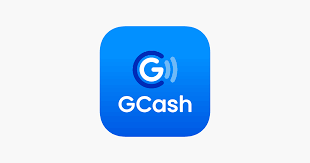
With 10M+ downloads, some sources even 20M+, this is the leading e-wallet in the market. GCash also has the most number of merchants which is at 15,000 as of the last count. GCash is owned by Globe Telecoms.
The good:
- Most number of merchants at 15k at counting
- Local and international online purchases
- Earn GScore points to open and increase your credit limit with GCredit, a credit card with a ‘buy now, pay later’ function.
- Pay for your purchases via QR code their partner merchants
- Various cash-in/cash-out methods.
- Send and receive money from other GCash users.
- Pay bills, boo movies, and more
- Get rebates or rewards
The bad:
- Charges Php20 for cash outs over Php1,000.
The ugly:
- An authentication code can take forever. Sometimes codes come in expired.
- Be ready for a possibly long wait for G-Cash Mastercard. Some people never received their cards.
- The help desk can be no help, especially with the more complicated issues. Agents will just apologize and then put you back in the same cue waiting forever. They get your information repeatedly.
- Sometimes email verification can be problematic. Their system may send several wrong codes in a span of a few days.
- In some provinces, GCash transaction is only allowed 9 am-6 pm
- Can have trouble logging in when you switch phones
2. PayMaya
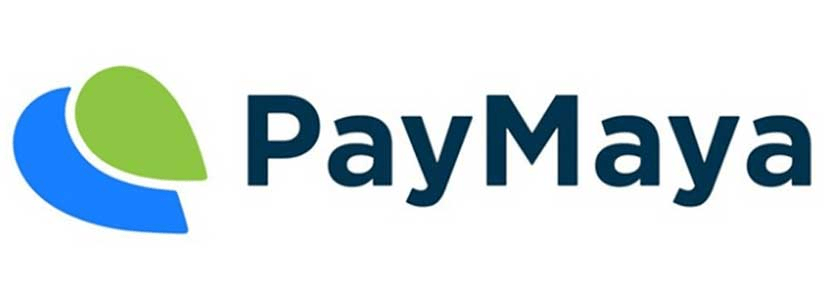
PayMaya is the chief rival of GCash and is owned by Smart Telecommunications, the bitter competitor of Globe. Paymaya has 10M+ downloads at Google Play Store.
The good:
- Pay through QR code in PayMaya merchants.
- Get a virtual Mastercard upon the activation of your e-wallet
- Deposit money into your PayMaya wallet without verification
- Pay bills, purchase prepaid load with five percent cashback and send and receive money from PayMaya users.
- Regular promos and discounts
The bad:
- Charges PhP15 for every Php1,000 cash-in.
- Maintaining balance of Php100
The ugly:
- Customer service could use some servicing. Hard to contact. No replies to emails.
- Some people have problems adding funds.
- It can be difficult to upgrade accounts.
- People had problems logging in.
- When changing mobile phone numbers some people were accused of using multiple accounts. The accounts and the funds in them were frozen.
3. Coins PH

This e-wallet has 5M+ downloads on Google Play. You can use it without a credit card or a bank account. You can also buy digital currency.
The good:
- Shop online, pay bills, buy game credits, beep load, prepaid load with 10 percent cash back,
- Buy and sell Bitcoin, XRP, Ethereum, etc.
- Get a Php50 reward for every referral.
- Various methods for cash-ins and outs. Withdraw cardless via Security Bank ATMs.
The bad:
- The exchange rate for cryptocurrency-to-peso is different from international rates.
- Extra charges and fees when you use Coins outside of Metro Manila.
The bad:
- Accounts get locked and are very difficult to get back. Documents required are hard to provide.
- Customer service is non-responsive.
- Most bitcoin wallets are banned leaving you no choice but to trade with them. It so happens they buy cheap and sell high. This is not good for traders. Fees also rise as the amount of bitcoin you withdraw increases.
- You may have a hard time paying bills.
- Cashing out can be a serious issue.
4. GrabPay
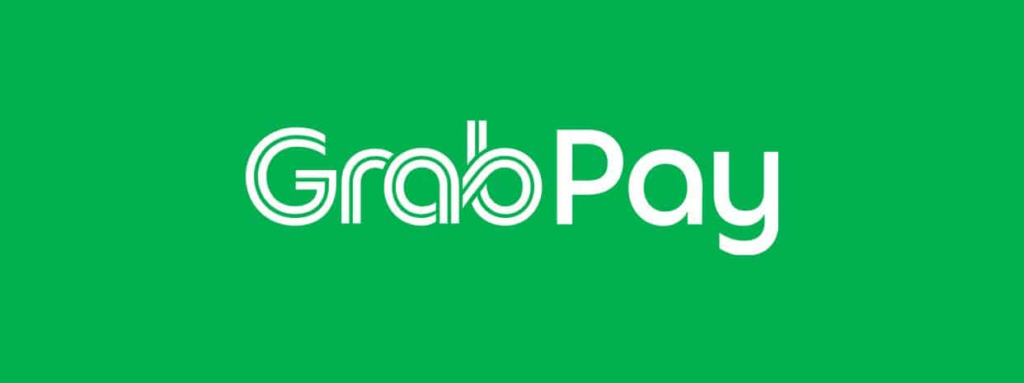
GrabPay is owned by Grab, the ride-on-demand provider. GrabPay merchant has 100k+ downloads from Google Store.
The good:
- Easy payment for Grab ride and Grab express deliveries.
- Many cash-in and cash-out options
- Get up to Php100 cashback when you purchase SM Cinema tickets
The bad:
- Aside from paying for a Grab ride, the merchant options are limited.
The ugly:
- Some people complain that their OTP (one-time password) was never sent.
- People have registration issues using their Google or Facebook accounts
- Slow app might as well pay cash to avoid holding up the line in some merchant stores
5. PayPal

With 346 million users worldwide and 1M+ in the Philippines, PayPal is an established brand among e-wallets. It is one of the biggest platforms for digital payments, allowing multi-currency transfers in more than 200 countries.
The good:
- Accepted worldwide. Pay, send, and receive money anywhere.
- Links to bank accounts, credit cards, and even other mobile wallets.
The bad:
- No rewards for the use of their app and service.
- Your account needs to be verified before you can withdraw funds from PayPal. You have to provide your bank account name, bank account number, and bank code.
- 3-5 days to transfer money from PayPal to your bank account.
- PayPal fees per transaction with the amount depending on whether you are making a commercial or personal payment.
The ugly:
- Currency conversion is really low compared to other services.
- Depending on the type of problems some refunds can be very difficult
- Be careful when receiving large payments. Paypal can withhold the amount and you need to provide several documents to ensure the money is clean.
- Prepare for long waits for customer support. PayPal takes even longer to reply to emails.
- When logging in from other devices, Paypal can be suspicious and close your account.
6. CLIQQ Rewards

7-Eleven’s CLIQQ app has 1M+ downloads. It is owned by 7-Eleven, one of the most popular convenience store chains in the country. CLIQQ gives 7-Eleven customers points that can be used to buy products, mobile load, etc. You can top it up and use it as an e-wallet.
The good:
- Pay your bills and buy products with the points you earn at 7-Eleven stores.
- Free access to the internet in 7-Eleven stores.
The bad:
- It can only be used in 7-Eleven stores or the online shop CLIQQShop.com.
The ugly
- People don’t like the user interface.
- Wifi connection issues.
- Poor customer service.
- It takes too long for the QLiQQ WiFi auto-login that you can hold up the line. Better prepare cash..
7. BanKO
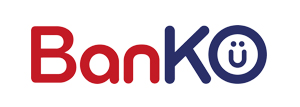
BanKO was founded by BPI, Ayala Corp., and Globe Telecom. It is now a mobile wallet with 5k+ installs and is owned by BPI.
The good:
- Shop, pay your bills, and buy mobile loads.
- Send and receive money from abroad.
The bad:
- The registration process can be tedious.
The ugly:
- People reported logging-in errors and installation problems.
8. Moneygment

Moneygment has 100k+ installs in Google Play Store. It has a money management feature.
The good:
- It allows you to compute for pay, and file your taxes.
- Pay for your Pag-Ibig, and SSS contributions easily.
- Pay your bills.
- Apply and pay for your insurance.
- You can send money and even apply for a loan.
The bad:
- Charges fees for each payment transaction.
- The registration is a hassle.
The ugly:
- Adding funds is inconvenient.
- Payment to PhilHealth doesn’t work.
- People find that the fees are high. You’ll just find out about the fees after the deductions.
- Not user friendly for overseas workers. You cannot top-up via your online bank. You have to pay online and get the money in your e-wallet in 2-3 days.
- The Php 5,000 top-up limit is very limiting.
- One user wrote, “It is a scam. As I checked the app Philhealth was available in payment options so I cash in 900 pesos. Then when I was about to process my payment I got a pop up that says ‘coming soon.’ When I tried to withdraw the 900 pesos they deducted the 120 pesos app fee. I only got back 780 pesos. The transfer wasn’t even real-time…so sad. Will never use it again.”
Conclusion
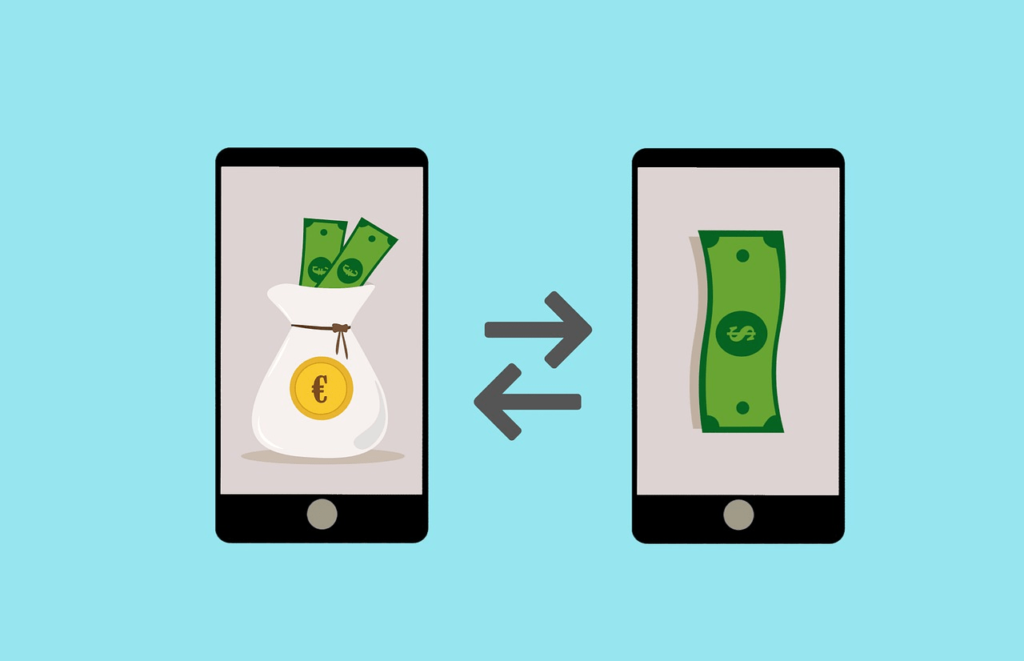
E-wallets give a lot of convenience to the world we live in today. Millions of people are able to access financial services previously available only to rich countries through e-wallets.
It’s not perfect though. E-wallets rely on vast and complicated layers of technologies to work. It needs good programming, Internet connections, decent devices, and good old-fashioned common sense on the part of users to work properly.
It would be wise to just load limited amounts into your e-wallets, like no more than your budget for the day. Should anything wrong happen to your smartphone or e-wallet, your loss will be limited.
As a merchant, always transfer your sales from your e-wallet to your bank account at the end of business. Just like any tool, if you use your e-wallet wisely, you will be rewarded nicely.
